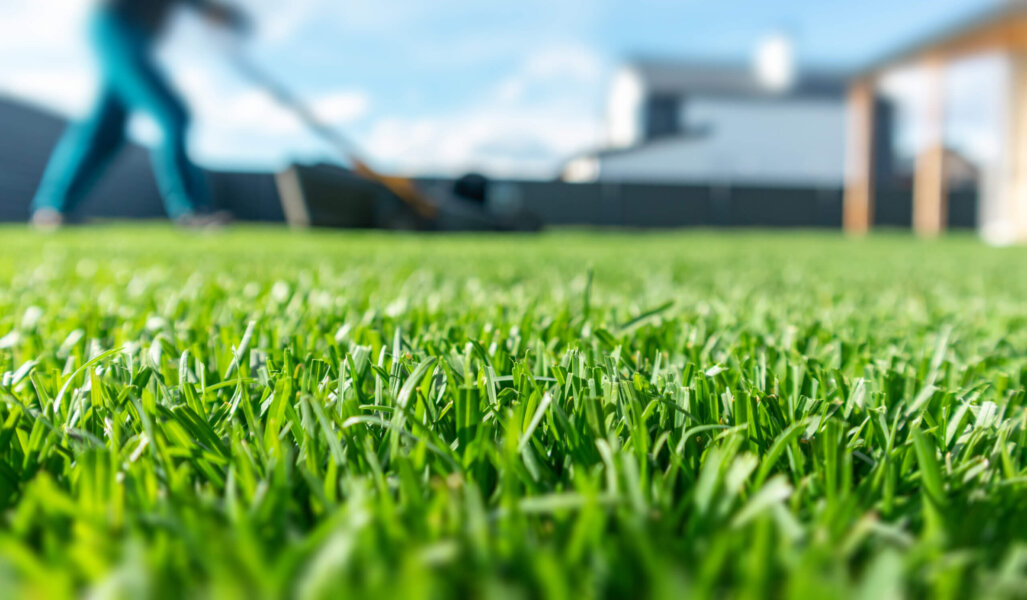
Choosing the Right Grass Sod for Your Climate and Soil
While we can all agree that Florida gets incredibly hot and humid in the summer, the state does include a variety of microclimates. For example, the northern portion of the state gets much colder in the winter than it does in the south, and coastal areas are more prone to hurricanes. The soil can vary widely across the state as well, with higher salt and sand content along the coasts. Because of these variations, it is incredibly important to consider the specifics of your local area when choosing a sod type for your lawn. Different types of grass thrive in different environments, and caring for your lawn will be much easier if it is well-suited to growing in your region.
Read on to learn more about what you need to take into consideration when making your smart sod selection.
Temperature
If you live in the northern portion of Florida where temperatures dip more drastically in the winter, you’ll want to choose a grass variety that goes dormant in cold weather. This serves to protect the grass from low temperatures so that it can bounce back quickly in the spring when the weather warms up once again. If the grass doesn’t go dormant, the cold weather can be highly stressful for it, which can diminish its health before its prime growing season begins. You may have a harder time getting your lawn growth going again when the temperature rises, as it will be struggling to recover from the harsher winter.
Hurricanes
Although most of the state can experience hurricanes from time to time, there is often greater risk to properties along the east coast, as the storms come in from over the ocean. By the time they reach inland areas, they have often dissipated a bit. If you live on the coast, you’ll want to install sod that is relatively hardy and can withstand the strong winds and flying debris. Fast-growing grass is also beneficial for these areas, as it will fill in any damage more quickly after storms.
Sun and Shade
This has more to do with the layout of your yard and the presence of trees than the local climate, but it is still an important concern. Different grass types have varying sunlight needs, with some doing well with just a few hours and others requiring nearly full sun all day. Take the time to observe the shade conditions in your yard throughout the day to determine how many hours of sunlight your lawn will receive. You can then choose a sod type accordingly.
Sand Content of Soil
Coastal areas often have higher sand content in their soil than other parts of the state. When there is a lot of sand in the soil, moisture often drains away more quickly, which can leave your lawn parched and dry. If your soil has a lot of sand in it, which can be measured during a soil test, a grass that can withstand drought conditions will be a smart choice. This will enable the grass to do well with less water than other varieties, saving you money on your water bills and making lawn care easier.
Salt Content of Soil
This is another consideration that primarily impacts coastal homes, as salt spray from the ocean can settle on the ground and mix in the soil. Not all grass types can tolerate a lot of salt in the soil, so take care in choosing one that has been bred for this purpose. When salt content is too high for a particular sod type, the grass will have more difficulty getting the moisture and nutrients it needs to look fully healthy and lush.
Get Help Choosing Your Sod Type
The sod experts here at Duda Sod will be more than happy to help you choose the right grass type for your specific location. We know all the details of the various styles of grass that grow well in Florida’s microclimates and can advise you based on your property’s unique needs. Reach out to us today to get answers to all your questions so you can make an informed choice for your home. Once you have made your selection, we’ll arrange the delivery and installation for you as well.